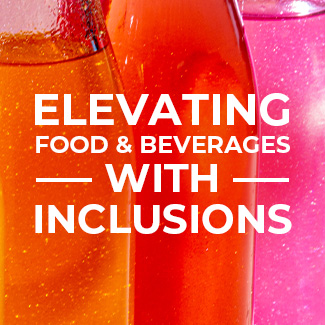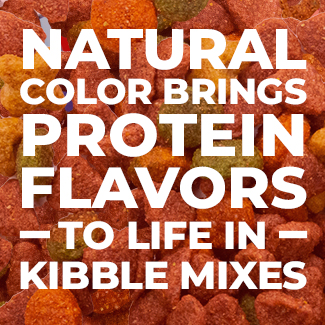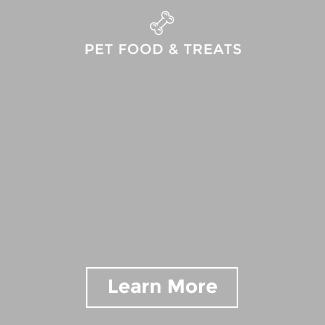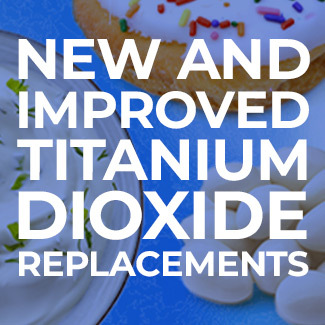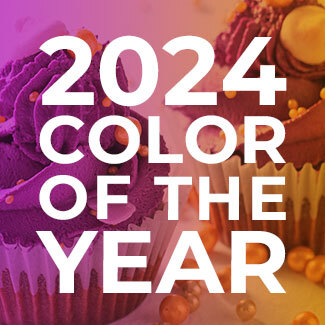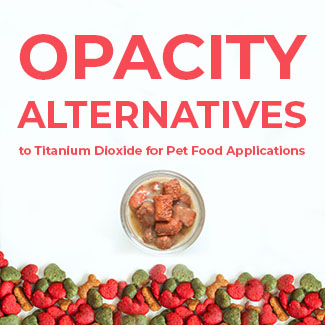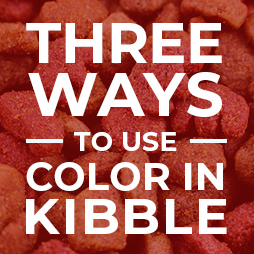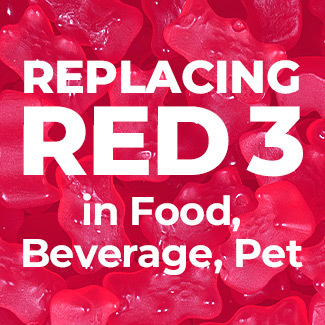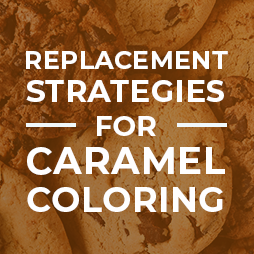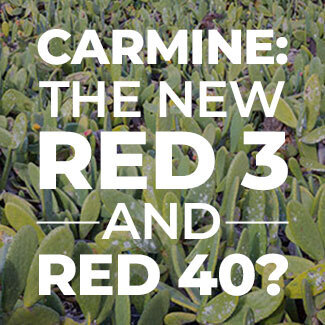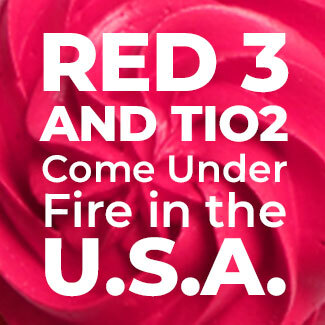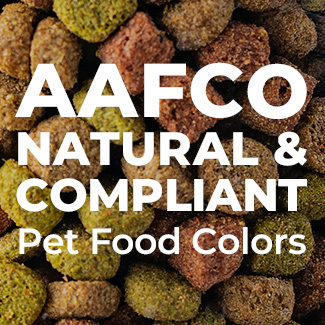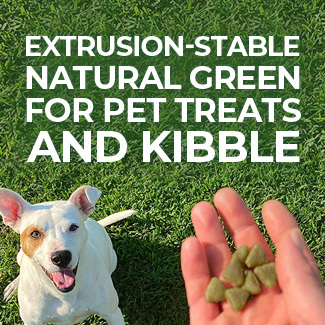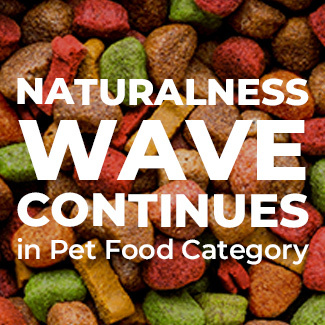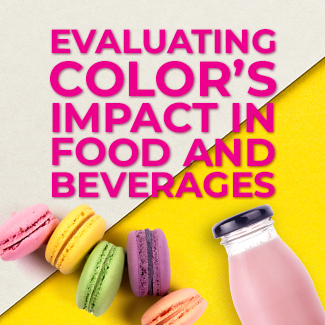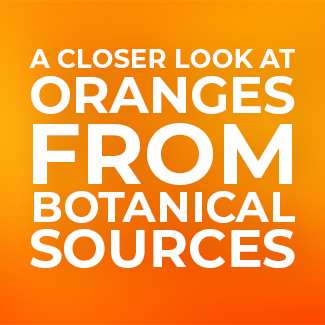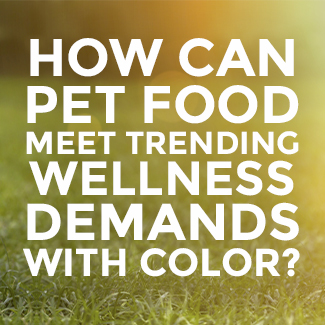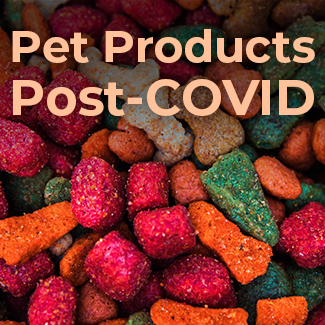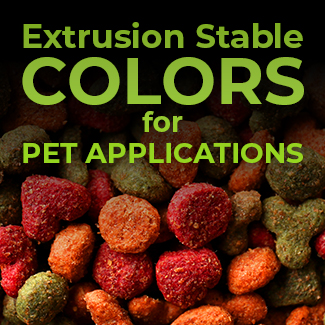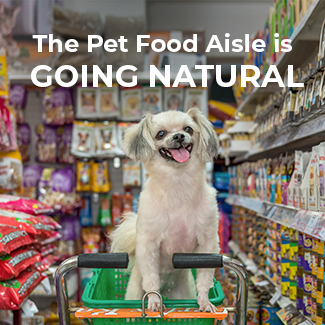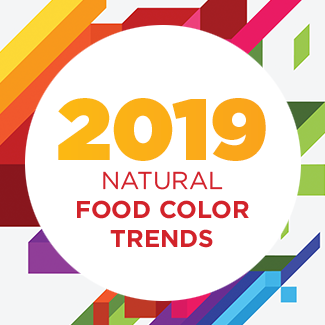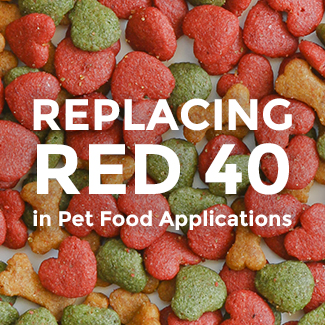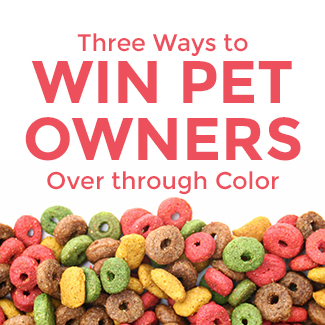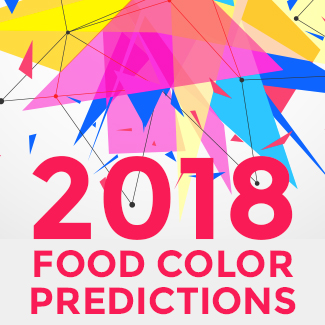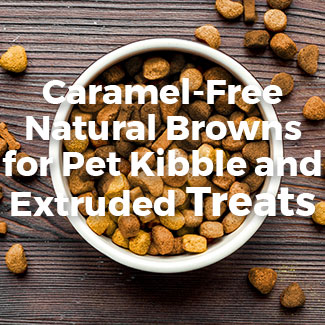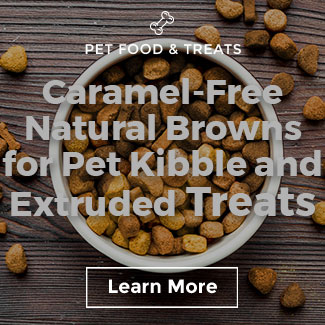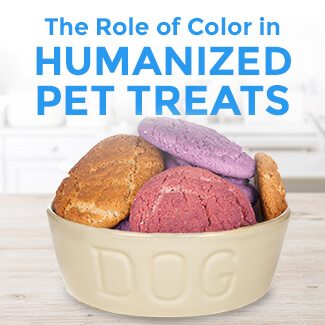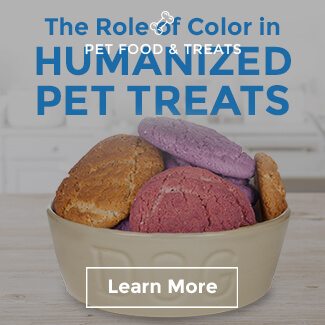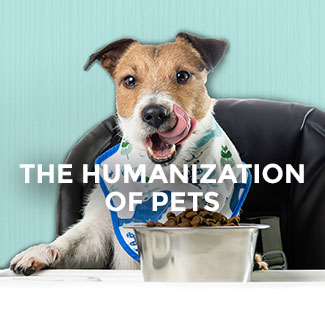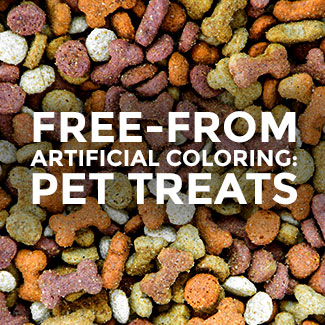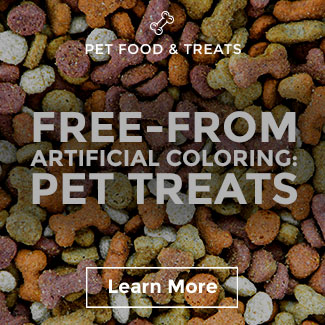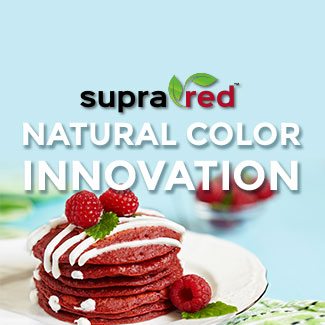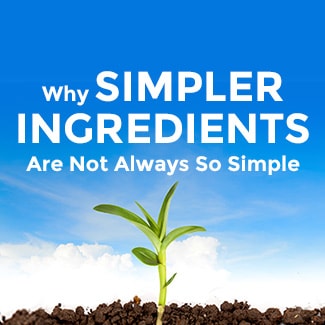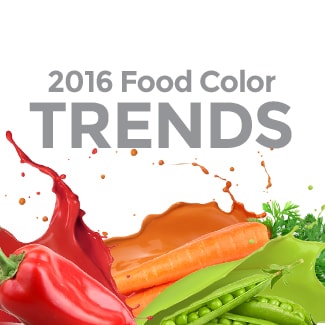Red 3 Replacements for Pet Food & Treats
What’s going on with Red 3?
In late 2023, California passed a state bill known as the California Food Safety Act banning four food additives, including FD&C Red 3, from food and beverages effective January 1, 2027. Several other states have introduced copycat bills of the original text, which also included titanium dioxide.

The formal passing of the California bill into law introduces the possibility of upheaval in the food and beverage industry, as it threatens the FDA’s ability to regulate ingredients based on scientific evidence at a national level.
In response to this de facto ban on Red 3 , many brands seeking alternatives that match the performance of a colorant that has been safely used for decades in the United States and around the world. Although pet products are not covered by this bill, consumers inundated by headlines are becoming wary of Red 3 in any ingredient statement.
Proactive developers have several options to address these concerns with Red 3 alternatives for pet food.
How to Replace Red 3 in Pet Food
Red 3 offers bold pink hues but is sensitive to light and low pH environments. In pet applications, it is most commonly used in canned goods, but may also be used in extruded kibble or treats, baked treats, or yogurt-coated treats.
CANNED RETORT APPLICATIONS
Canned retort applications like cat food pâté use Red 3 to create a heat-stable pink or red hue for flavors like salmon or beef.
The retort process is among the harshest conditions in the food industry. Colors must be stable under extremely high temperatures and pressure for extended periods of time. The best solution to replace Red 3 in canned retort pet food is carmine. Carmine is a highly stable natural color that offers bright pink hues in a variety of applications. It survives the retort process better than even a synthetic alternative like Red 40.
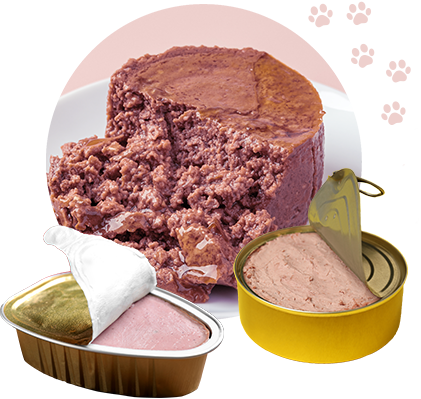
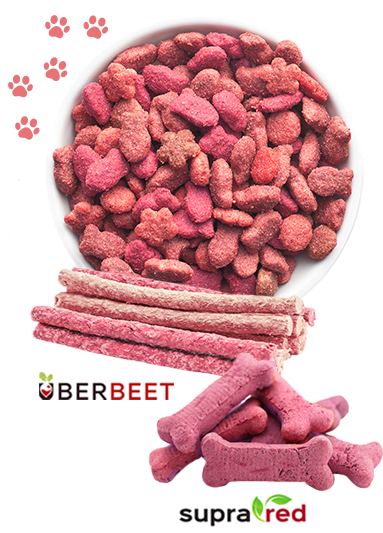
KIBBLE AND TREATS
Carmine’s impressive heat stability is also useful in extruded and baked applications like kibble and treats.
These are two different types of heat processes, each posing a different challenge: Extrusion is high heat and high pressure for typically a short duration, while baking may be a relatively lower temperature but typically lasts much longer. Both the duration and the temperature can impact color success.
In extruded kibble and treats, UberBeet™ options like Magna Ruby™ offer beet-based clean label reds and pinks with enhanced heat stability and concentration compared to standard beet solutions, which are likely to brown out during the extrusion process.
In baked treats, the high concentration and optimized stability of SupraRed™ offers a clean label beetbased solution that remains bright pink or red through a long baking process.
ICINGS AND COATINGS ON TREATS
Other treat applications, like yogurt coated pet treats, introduce new considerations.
Developers need to remember the phase applicability of colors (oil vs water), light sensitivity, risk of color bleed, and acidity of the icing or coating. Carmine Lake could be used, but may not be considered as “label-friendly” as fruit or vegetable juice.
The Microfine™ technology addresses all the concerns listed above for a broad rainbow of colors. Depending on the target shade, there are several Microfine™ options in our portfolio for red and pink for pet treats to replace Red 3.
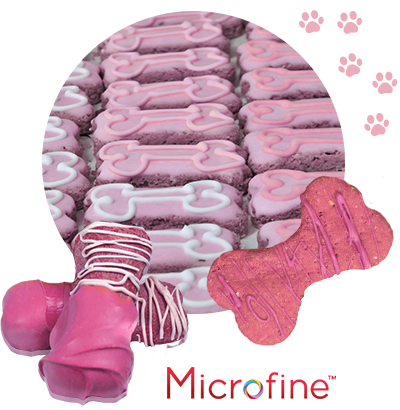
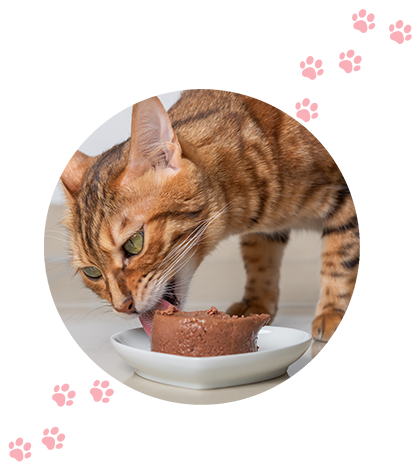
WHATEVER YOUR PET PROJECT,
Red 3 replacements are available today, and our portfolio is constantly expanding with new technologies, optimized colors, and novel sources.
My team and I would love to help. We understand the importance of selecting colors that comply with AAFCO guidelines, survive harsh processing, and meet specific target shades! Ask a pet food color expert for insights, or request a sample to get started!



